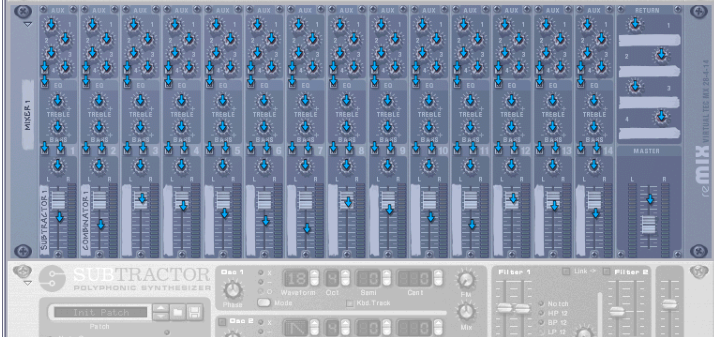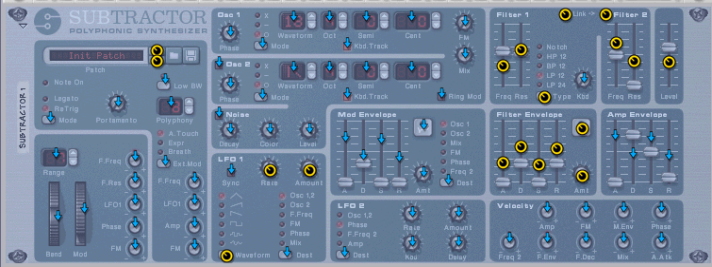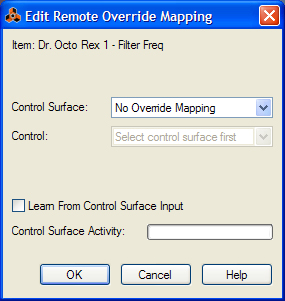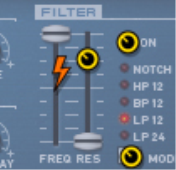|
|
Another way to map parameters is to have “Remote Override Edit Mode” deactivated on the Options menu, and to simply right-click (PC) or [Ctrl]-click (Mac) on the parameter you wish to remote control.
|
You can also right-click (Win) or [Ctrl]-click (Mac) on the device panel to select the same item from the context menu.




